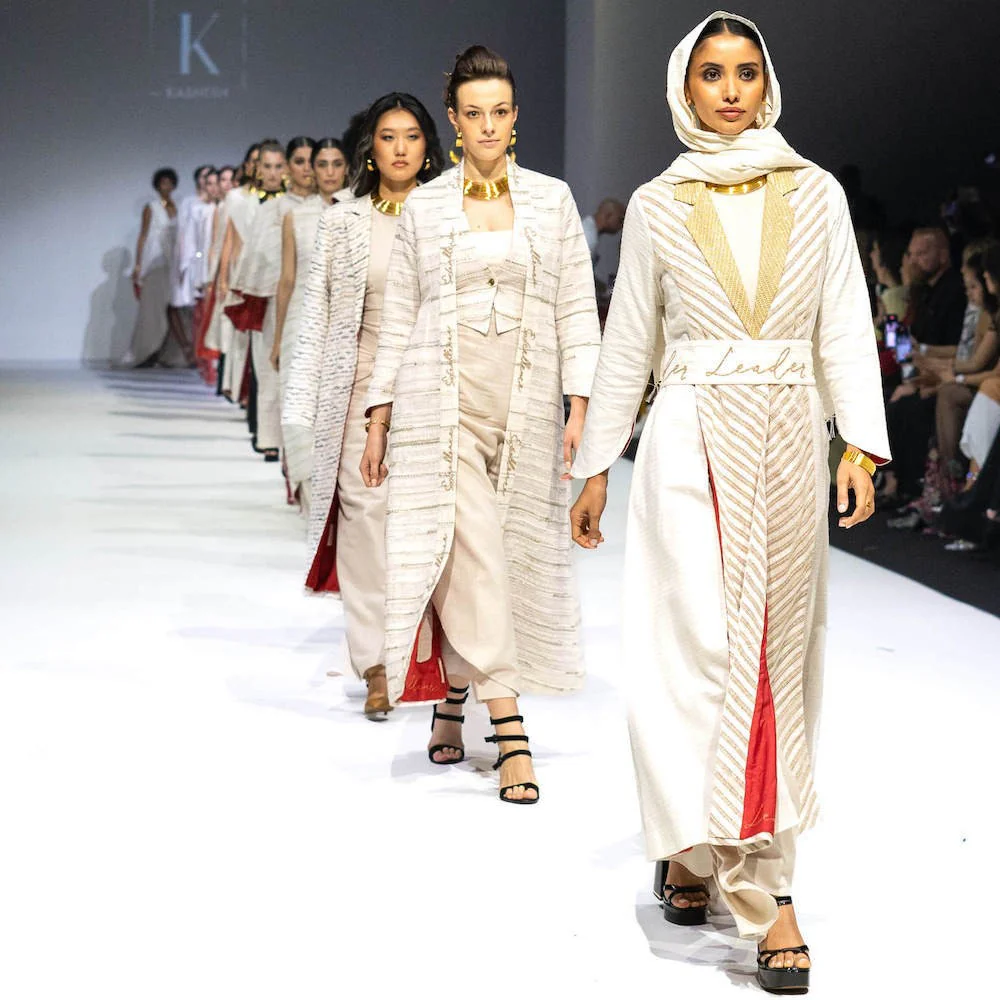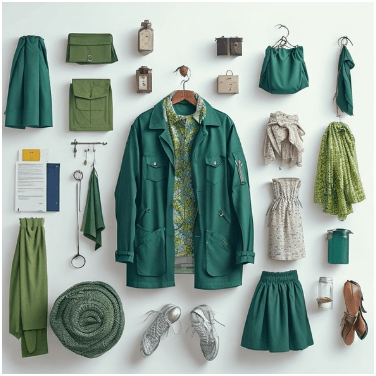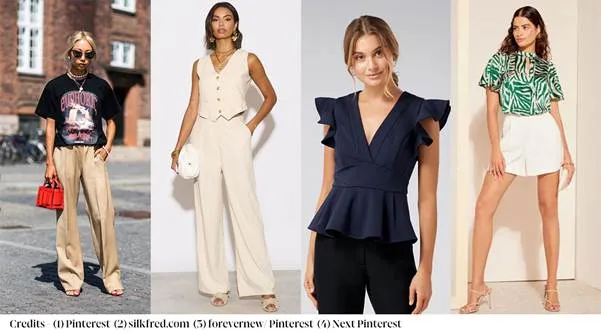In recent years, sustainable fashion has evolved from a niche concept to a global movement that is reshaping the apparel industry. With environmental concerns on the rise and consumers becoming more aware of their impact, brands are increasingly turning to eco-friendly materials, ethical production practices, and transparent supply chains. This guide covers everything you need to know about the rise of sustainable fashion, why it matters, and how you can be part of the change.
What Is Sustainable Fashion?
Sustainable fashion refers to clothing, accessories, and footwear that are produced with consideration for environmental sustainability, ethical labor practices, and long-term responsibility. Unlike fast fashion, where speed and low cost take precedence over quality, sustainable fashion aims to reduce the burden on the planet while promoting fair working conditions.
Key features of sustainable fashion include:
- Environmentally conscious design using organic, biodegradable, or recycled materials
- Ethical manufacturing that ensures fair wages and safe working conditions
- Lower carbon footprint due to shorter transport routes
- Durability that encourages conscious consumption rather than a throwaway mentality
The Global Rise of Sustainable Fashion

The popularity of sustainable fashion in 2025 is no coincidence. Several global factors have fueled its growth:
1.Consumer awareness
Social media, documentaries, and activist movements have raised awareness of the environmental costs of fast fashion. People want their purchases to align with their values—especially Gen Z and millennials, who are driving demand for ethical clothing.
2.Regulatory changes
Governments are introducing stricter environmental regulations, from water consumption limits in textile production to CO2 reduction targets. Fashion brands are now under pressure to comply with these regulations or risk penalties.
3.Technological advances
Innovations such as lab-grown textiles, plant-based dyes, and AI-driven supply chain optimization are making sustainable production more practical and cost-effective.
4.Brand commitment
Major brands have committed to carbon neutrality, expanded their sustainable product lines, and invested in circular fashion initiatives that transform old garments into new products.
Why Sustainable Fashion Matters

Environmental impact
The fashion industry is responsible for almost 10% of global CO2 emissions and is the second largest consumer of water worldwide. By switching to organic cotton, hemp, and recycled polyester, brands can significantly reduce waste and resource consumption.
Social responsibility
Fast fashion is known for exploitative working conditions. Sustainable fashion emphasizes fair trade practices and provides artisans and textile workers with safe working conditions and fair wages.
Economic change
Sustainable fashion products may have a higher upfront cost, but their durability reduces the long-term cost per wear, saving money and reducing waste.
Key Trends in Sustainable Fashion 2025

Trend observation is crucial for anyone who wants to stay ahead in sustainable fashion. Here are the emerging trends to watch:
1.Circular fashion
Brands are focusing on “reuse and redesign” – they upcycle old garments into new designs. Platforms offering clothing rental and repair services are on the rise.
2.Transparent supply chains
Blockchain technology is revolutionizing transparency in the fashion industry’s supply chain, allowing customers to trace garments from raw materials to finished products.
3.Minimalist wardrobes
Consumers are putting together capsule wardrobes—small collections of versatile garments—reducing the need for excessive purchases.
4.Vegan fashion
Materials such as pineapple leather (Piñatex), cactus leather, and mushroom-based textiles are replacing animal-based fabrics and appealing to ethically conscious shoppers.
How to Transition to a Sustainable Wardrobe

Switching to sustainable fashion doesn’t mean you have to replace your entire wardrobe overnight. It’s about taking conscious steps:
- Buy less, choose wisely – Invest in high-quality basics that will last.
- Check the labels – Look for certifications such as GOTS, Fair Trade, or OEKO-TEX.
- Support sustainable brands – find out about companies that produce ethically.
- Wash smart – use cold water and air dry your clothes to extend their life and save energy.
- Repair instead of replacing – mend tears instead of throwing clothes away.
Challenges Facing Sustainable Fashion
Although sustainable fashion is booming, there are also obstacles:
- Higher production costs – Environmentally friendly materials and ethical working conditions increase costs.
- Risks of greenwashing – Some brands claim to be sustainable without taking meaningful action.
- Limited choice for low-income consumers – Accessibility remains a challenge.
The Role of Technology in Sustainable Fashion

From AI-driven inventory management to 3D printing of textiles, technology is an important enabler:
- AI helps predict demand and reduce overproduction.
- Digital fabrics allow designers to create prototypes without waste.
- Smart labels inform consumers about a garment’s sustainability rating.
Looking Ahead: The Future of Sustainable Fashion
Over the next decade, sustainable fashion will evolve from a trend to standard practice. We can expect to see:
- The integration of circular economy principles across all major brands
- Wider use of sustainable fabrics in mainstream retail
- Increased consumer activism driving change in businesses
Conclusion
The rise of sustainable fashion marks a shift toward conscious consumption. By 2025, wearing eco-friendly clothing will no longer be just about style—it will be about making choices that protect the planet and strengthen communities. Whether you are a designer, retailer, or buyer, understanding sustainable fashion is essential to shaping a responsible future.
